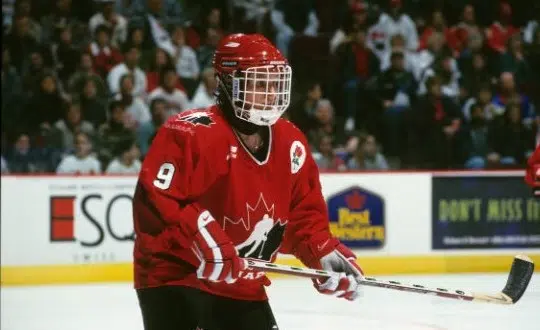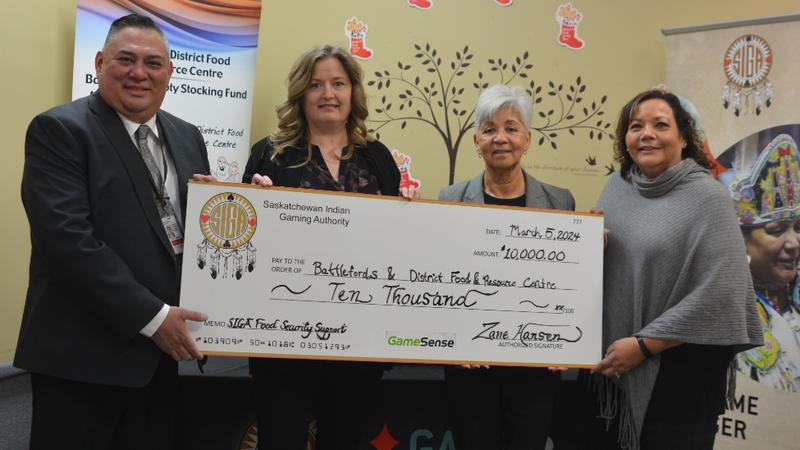
An Olympic medalist’s view on growing women’s hockey in wake of skills competition
Fiona Smith-Bell still has many fond memories of playing hockey during her time growing up in Edam and North Battleford.
The 45-year-old retired Olympic medalist currently resides in Halifax. After watching the NHL skills competition last weekend, she said she wasn’t shocked to see four ladies compete.
Brianna Decker, Rebecca Johnston and Renata Fast participated in the showcase portion of the competition, with Kendall Coyne-Schofield hitting the ice to compete in the Fastest Skater segment after Nathan MacKinnon bowed out due to an injury. What happened next was immediate in a social media-driven world, as Coyne-Schofield went viral with the dominance she showed.


